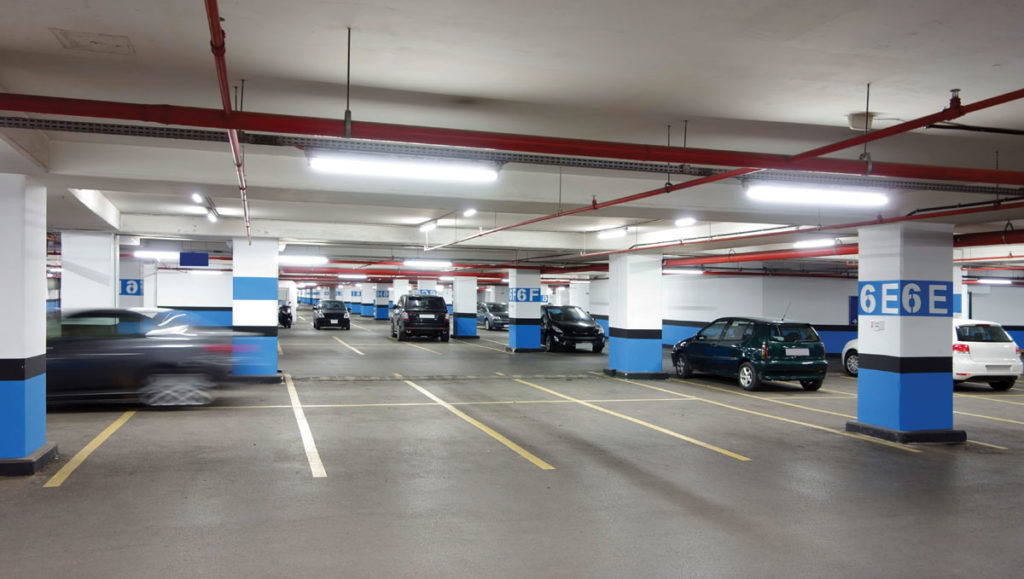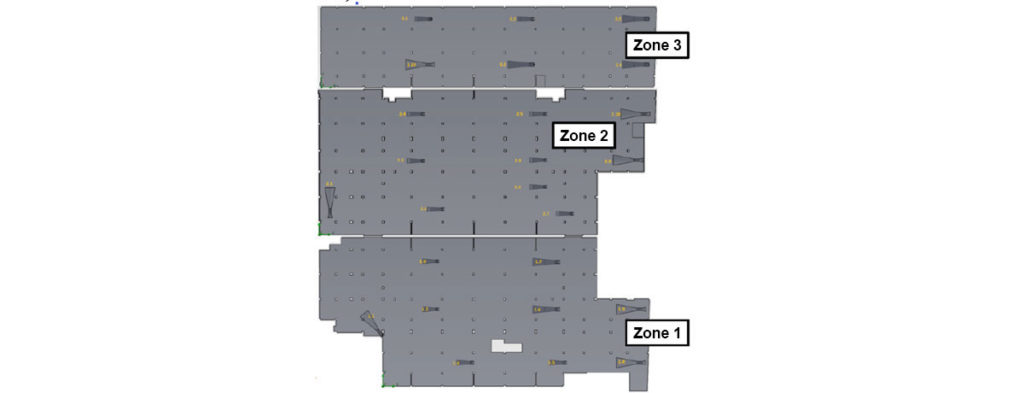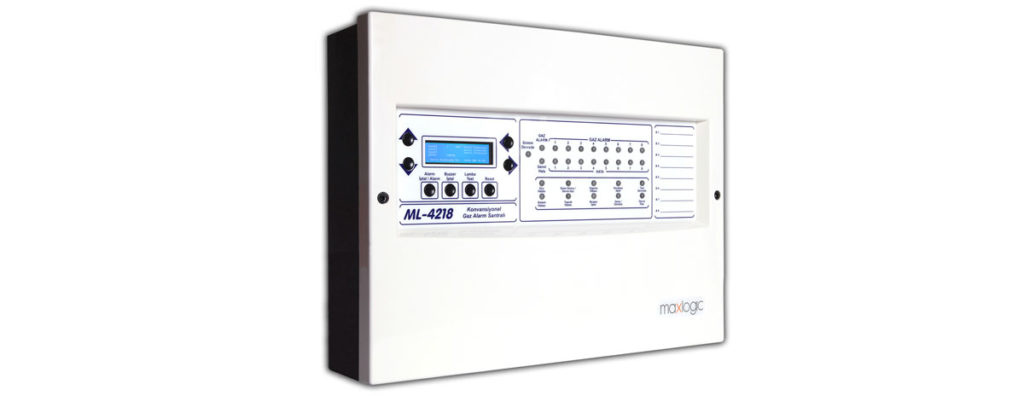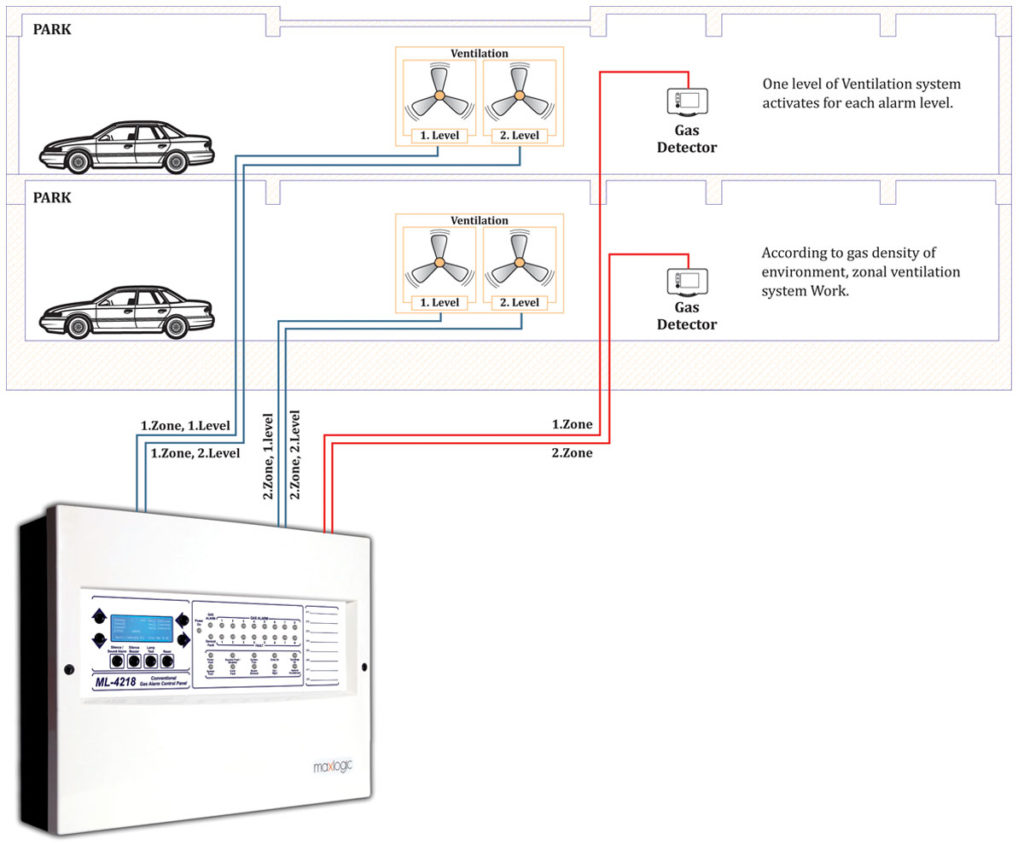Burak ÖzgenElectrical Engineer
Today, underground parts of many buildings such as shopping malls, trade centers, residences, fair and congress centers, culture-arts and entertainment centers are designed and implemented as an underground car park.
Also, underground parking areas are being built in major cities. In these and similar applications, measuring the toxic gases produced by the vehicles under normal operating conditions and controlling the ventilation become necessary. Besides, early detection of possible vehicle fire effects and smoke evacuation are also a very important requirement. However, the regulations applicable in our country are not determinant in this regard, nor have they been established yet to the standards that will guide us. In this article, information that will guide the design and application processes of toxic gas detection and ventilation system control in the closed car parks is compiled. The design of the ventilation system is entirely in the field of Mechanical Engineering and information on this subject is not included.
GASES TO BE DETECTED IN CLOSED PARKING AREAS
Today, with the development of vehicle technologies, the values of the exhaust poisonous gases of the vehicles are reduced. Despite this, as a result of many vehicles operating in closed parking areas, toxic gases can exceed the limit values. Although many toxic gases are emitted from vehicles, carbon monoxide gas is measured as a determinant for detection and control. Gasoline and diesel fuel vehicles are known to emit toxic gases such as carbon monoxide (CO) and nitrogen dioxide (NO2). In countries with written rules on this subject, especially in North America, England and Europe, the focus is on the perception of carbon monoxide gas against the poisoning effect in closed parking areas.
Carbon monoxide (CO) is a colorless, odorless, tasteless gas, highly toxic to humans and animals. CO sticks to the hemoglobin in the blood and decreases its oxygen-carrying capacity. It consists of an oxygen and a carbon atom. CO consists of partial oxidation of compounds containing carbon. It is formed during the production of carbon dioxide (CO2) when there is not enough oxygen, for example, this is how it occurs in combustion engines in closed areas. The CO intensity level is measured in particles per million (ppm). For example; 100 ppm CO means that 100 molecules are CO for every 1,000,000 molecules in the air.
In the measurement of carbon monoxide gas, sensor and control productions are made based on the limit values accepted by the World Health Organization. 50 ppm is the allowed value for indoor environments. After this value, the required ventilation controls are requested. When exposed to 200 ppm for 2-3 hours, effects such as nausea and vomiting are observed.
From this point of view, when the carbon dioxide amount reaches 50 ppm in the closed parking areas, the parking ventilation system works at the first level, and when it reaches 200 ppm, the second level appears to be common and applied (ppm: number of particles per million).
In addition to poisonous gases, vehicles that use fuel types such as methane and propane are also required to take explosive gas perception when it comes to the parking area.
DESIGN OF GAS DETECTION SYSTEM IN CLOSED PARKING AREAS
It is seen that the ventilation systems are designed and implemented based on the commissioning of the ventilation systems in predetermined periods in the parking areas in many buildings. In this case, besides unnecessary energy consumption, short motor life and belt, etc. rapid wear of equipment results. It states that if the ventilation system control based on CO detection is designed in closed parking areas with valid international standards, the ventilation system does not need to operate at certain periods. Ventilation systems controlled by CO detection have the advantages of energy efficiency and durability.
Valid standards
In the closed parking areas, ventilation system design, projects and productions are carried out with standard guidance coded BS 7346-7: 2006.
When designing the gas detection and control systems of closed parking areas by electrical project designers, firstly, the ventilation system zone plan designed by the Machinery project owner should be requested. Areas of carbon monoxide detectors should be created to correspond to the ventilation zones.






